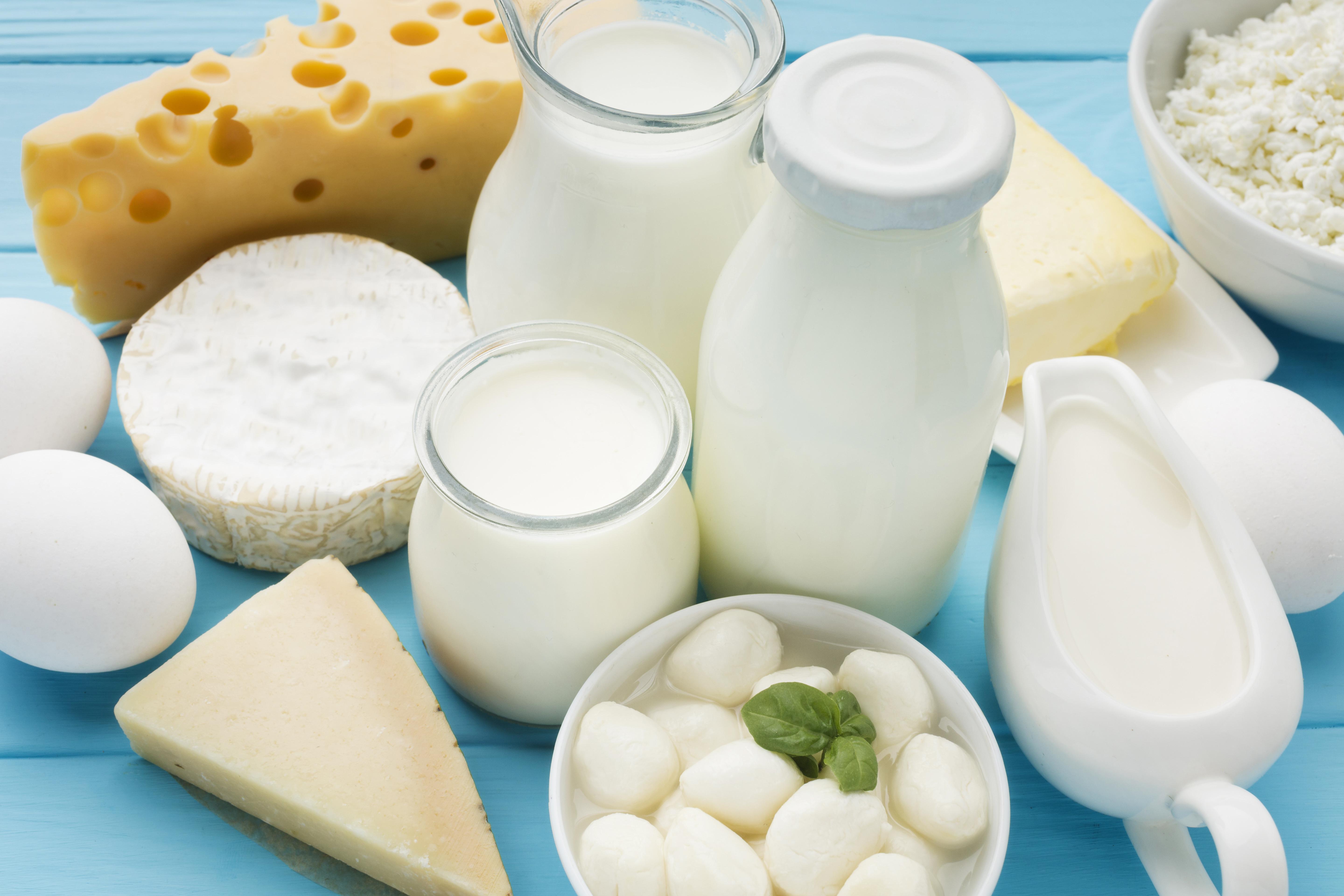
Romania’s dairy industry is directly targeted by new European and national regulations on energy efficiency and the reduction of carbon dioxide emissions. Regulation (EU) 2018/1999 on the Governance of the Energy Union and Law No. 121/2014 on energy efficiency set clear obligations for reducing consumption and adopting renewable sources. According to Eurostat, milk processing requires on average between 0.2 and 0.3 kWh per liter, but in Romania consumption is 10–15% higher than the EU average, according to data from the National Institute of Statistics (INS) and the Ministry of Agriculture and Rural Development.
The introduction of renewable sources—photovoltaic panels, small-scale wind turbines, or cogeneration systems—can reduce energy costs by 20–30%. Examples from Poland and the Czech Republic, presented in European Commission reports, show payback periods of four to six years. Recovery of residual heat from the pasteurization process, a technology also recommended by the FAO, allows up to 80% of the thermal energy to be reused for preheating raw milk or for cleaning processes.
The implementation of intelligent energy monitoring and control systems, compliant with ISO 50001 standards, allows real-time adjustment of consumption. The experience of factories in Denmark, documented by the European Dairy Association, shows consumption reductions of 12% as early as the first year.
Adapting to the new energy standards is not only a legal obligation but also an opportunity to improve efficiency and increase competitiveness. Factories that integrate these solutions will be better prepared for the sustainability requirements imposed by European legislation and will have easier access to non-reimbursable funding through programs such as the Modernization Fund and the National Recovery and Resilience Plan.
(Photo: Freepik)




